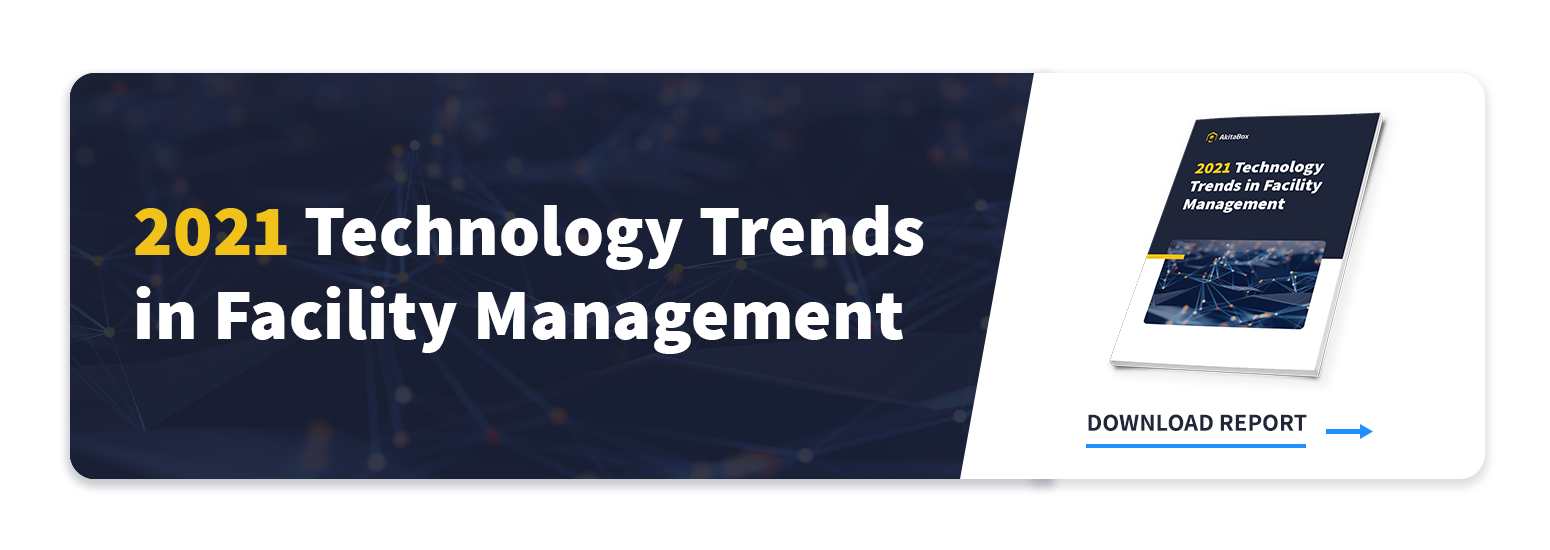When it comes to the maintenance of your facility, recent technological advancements have made great strides. With that, it is important to keep an eye on the emerging technologies that will make the biggest impact in facility operations. Here are the 5 biggest innovations in facility management technology we’ve seen this year (plus a free report on more technology trends!).
5 Innovative Technologies Transforming Facilties
1. BIM for Facility Management
Building Information Modeling (BIM) is a tool used by contractors and architects to develop and scale virtual models of building projects. BIM gives building owners and operators a complete visual model of their facility prior to construction.
While BIM is not a new technology, it is just starting to become a commonplace in facility management. Facility operators are realizing the power of these tools for project deliver and data accessibility. When integrated with existing work order programs or facility maintenance software, facility teams realize an improved ability to retrieve O&M manuals, floor plans and asset information.
While still in its infancy, companies are recognizing the opportunity to improve collaboration and communication between building teams through this visual modeling.
2. The Internet of Things (IoT) in Facility Management
IoT refers to the network of internet accessible devices utilized by your facility. The IoT relies on tools such as sensors, thermostats and actuators to evaluate data and reduce the amount of energy used for tasks. Each sensor or device picks up data on a building to better inform a facility team of current temperature, light, vibration or even sound levels in areas of a building.
Think of the IoT much like you would view the human body. In a sense, the better the communication between the sum of different parts, the better the results will be for a healthier person with a cohesive functionality. Utilizing IoT systems correctly can reduce energy bills and provide insightful data to improve occupant happiness in your building.
A current challenge is that connectivity can be costly to set up. If you do not have a common hub to integrate devices into, it will be impossible to aggregate facility data into actionable metrics. This technology will continue to develop though, and undoubtedly will be a part of future smart buildings.
3. Advanced HVAC Technology
When it comes to large facilities, the HVAC system is a particularly expensive system to use and maintain. Technology and the implementation of “Green” ideas have promoted the change of HVAC systems for the better. To be able to reduce the cost of the heating and cooling of your facility, while also reducing your environmental footprint is a benefit for all.
Advancements in HVAC facility management technologies and building automation systems (BAS) have come a long way in reducing facility management costs. These programs save facility managers money as they notify maintenance teams when systems are not operating effectively. This gives building operators the opportunity to prevent costly equipment failure by solving problems before they occur.
In the future, integration of these systems with facility maintenance software will also auto create and assign work orders to team members based on the asset type and location. The main struggles with implementing advanced HVAC technology and a new BAS is time and cost. Before going down the road of implementing a new BAS, take the time to explore what the return on investment will be for a new system.
4. Automated Facility Maintenance Software
Without facility maintenance software, facility managers are left to perusing spreadsheets, rolling out (and sometimes dusting off) paper blueprints, or simply relying on experience, wisdom and memory to run their facilities. Undocumented knowledge will lead to dilemmas, especially when one facility manager leaves and a new one comes in. This lack of facility management technology can have a detrimental impact on the building itself and lead to more expensive repairs. Existing paper-based work orders have the potential to cause duplicate data entry.
Automation is the key to success in future buildings. Rather than team members wasting time searching for information on the assets that need to be serviced in a facility, these systems will automatically surface needed information when a work order is created.
5. Drones in Facility Management
Drones bring incredible opportunities for improved efficiency in facility management. The biggest opportunity for these unmanned aerial vehicles (UAVs) is in safety and automation. For example, in the future roof inspections after a hail storm will be coordinated by groups of drones controlled by pre-programmed GPS routes. Eliminating the need to have team members climb on facility roofs with a clip board and camera to document damage.
Looking for more technology in facility management? Check out The Technology Trends in Facility Management Report for more trends that are impacting the industry.
